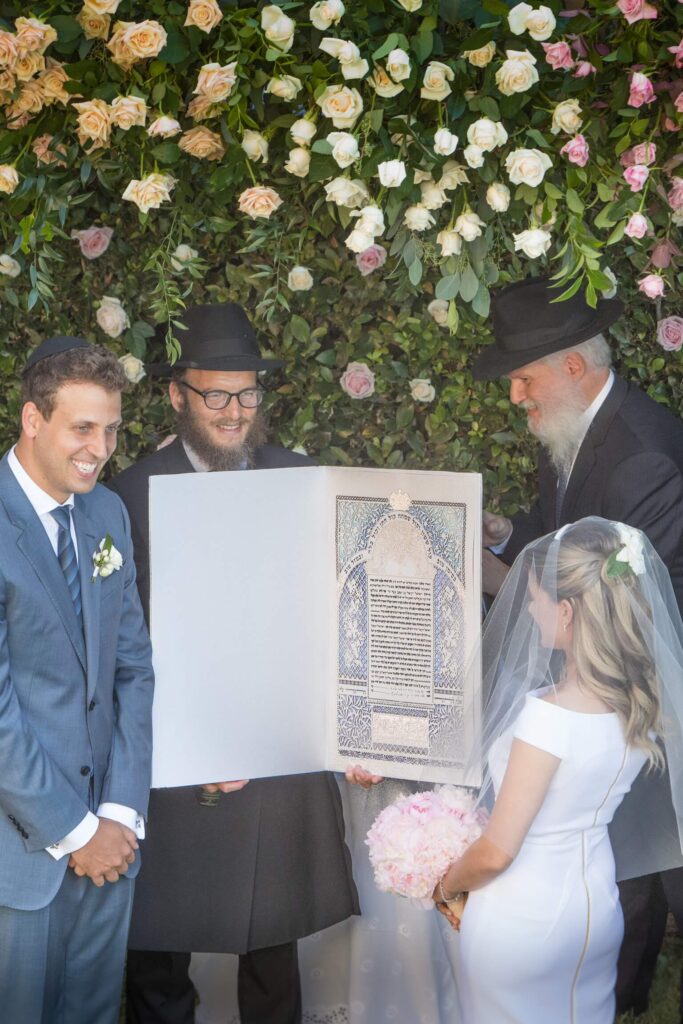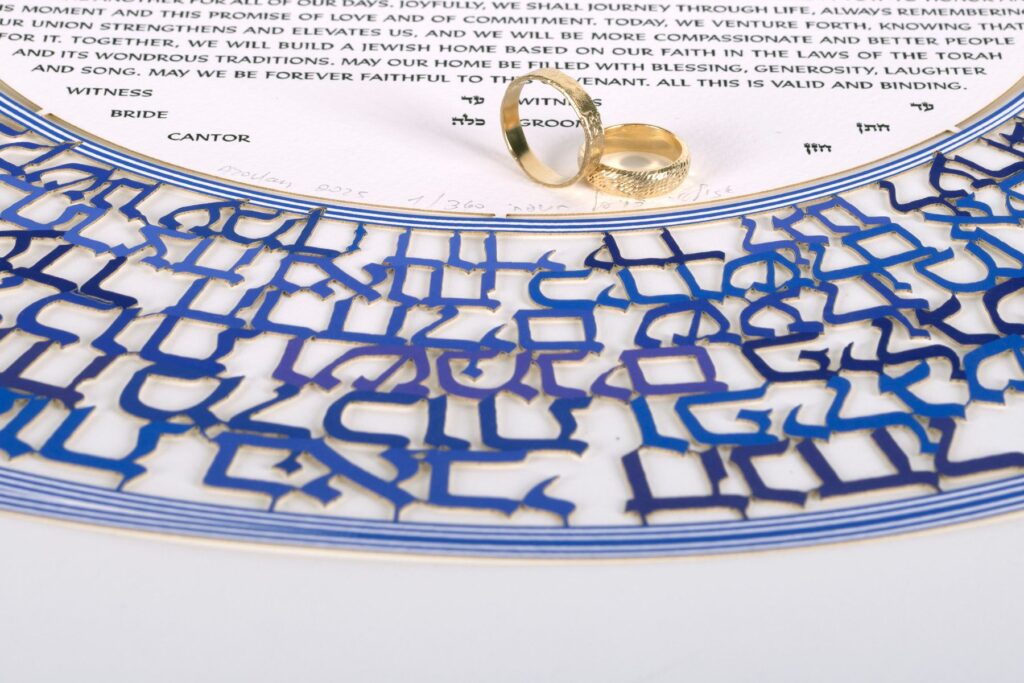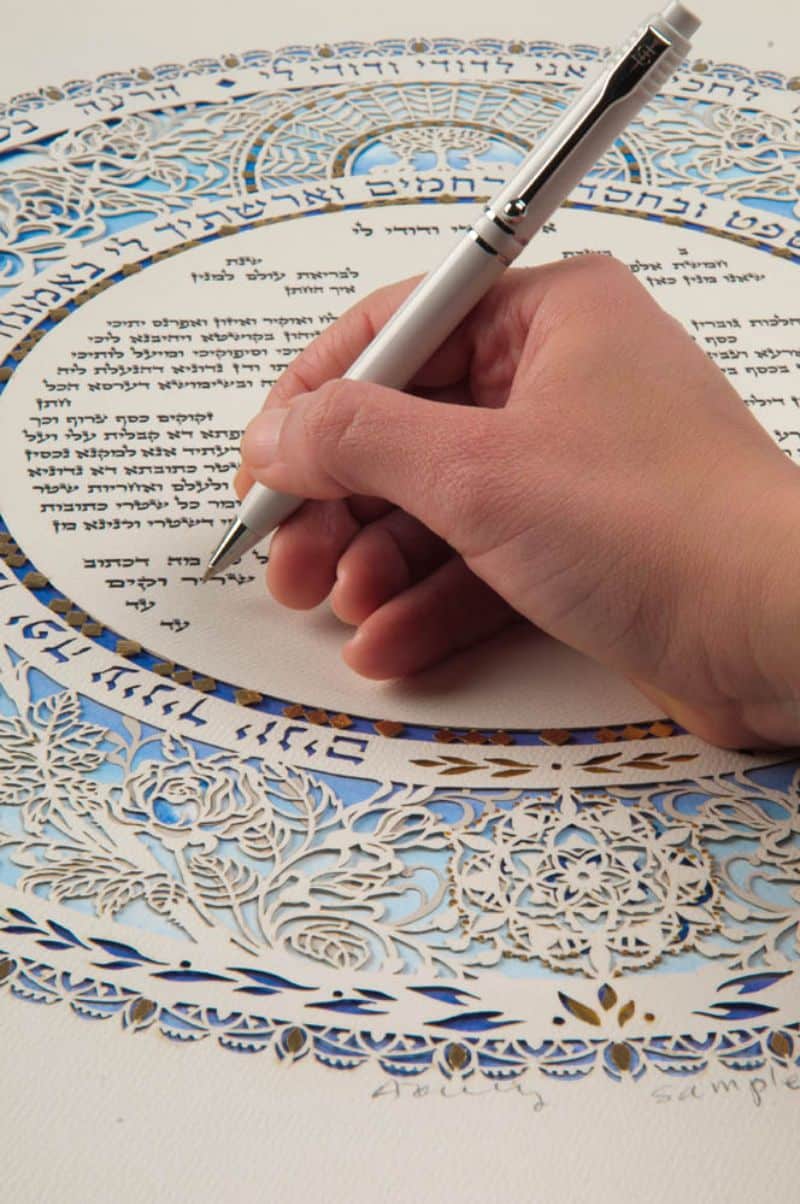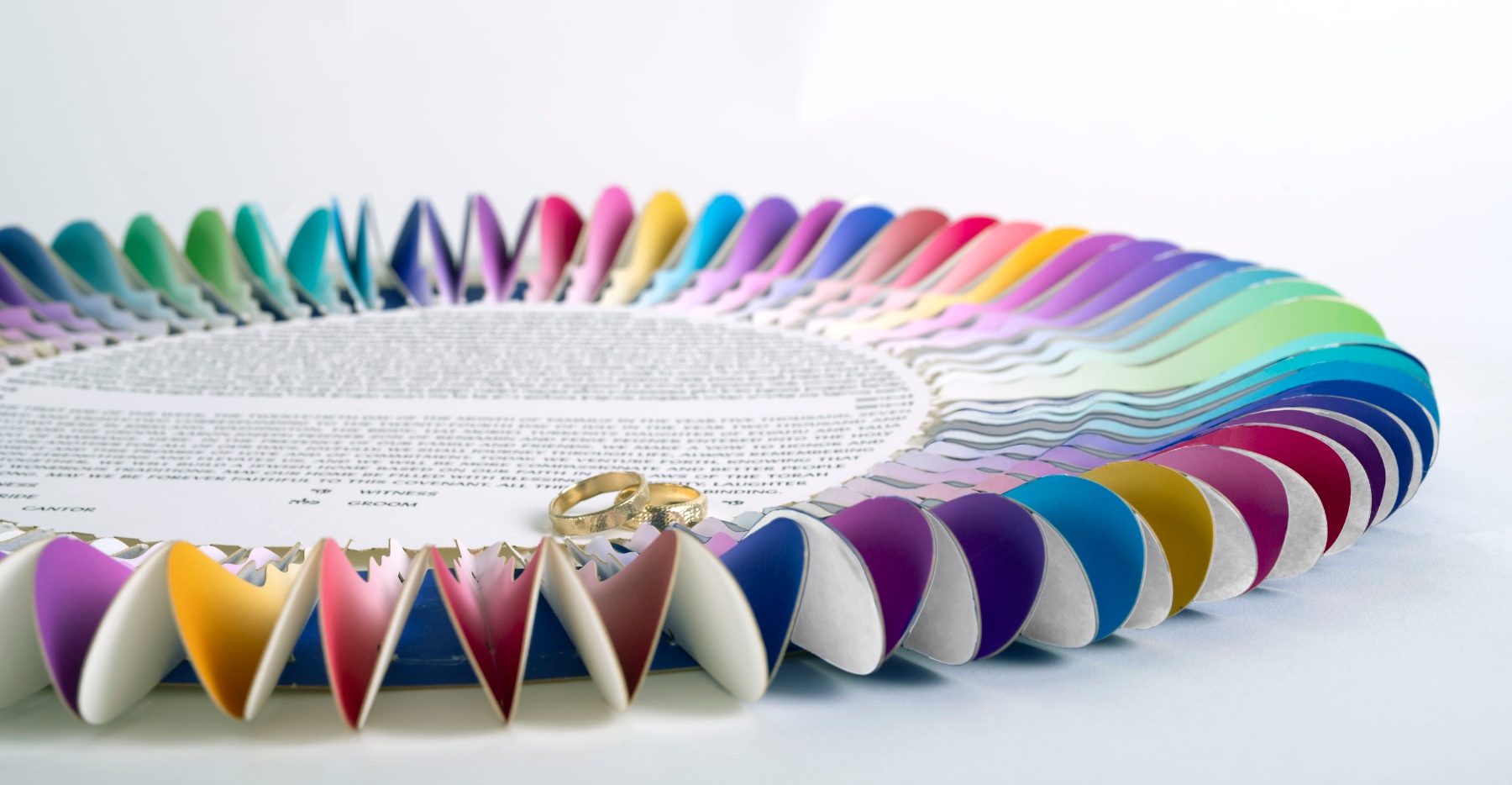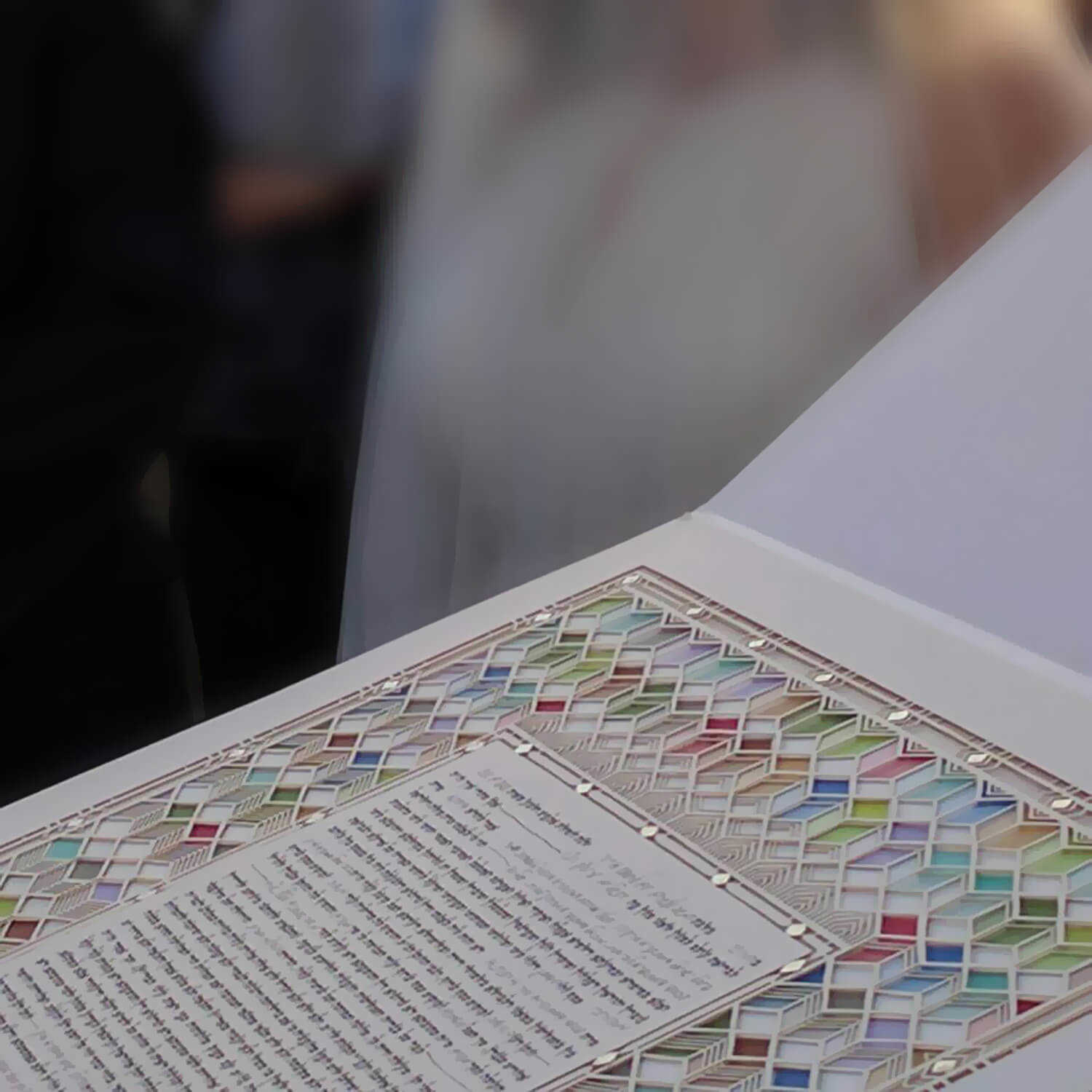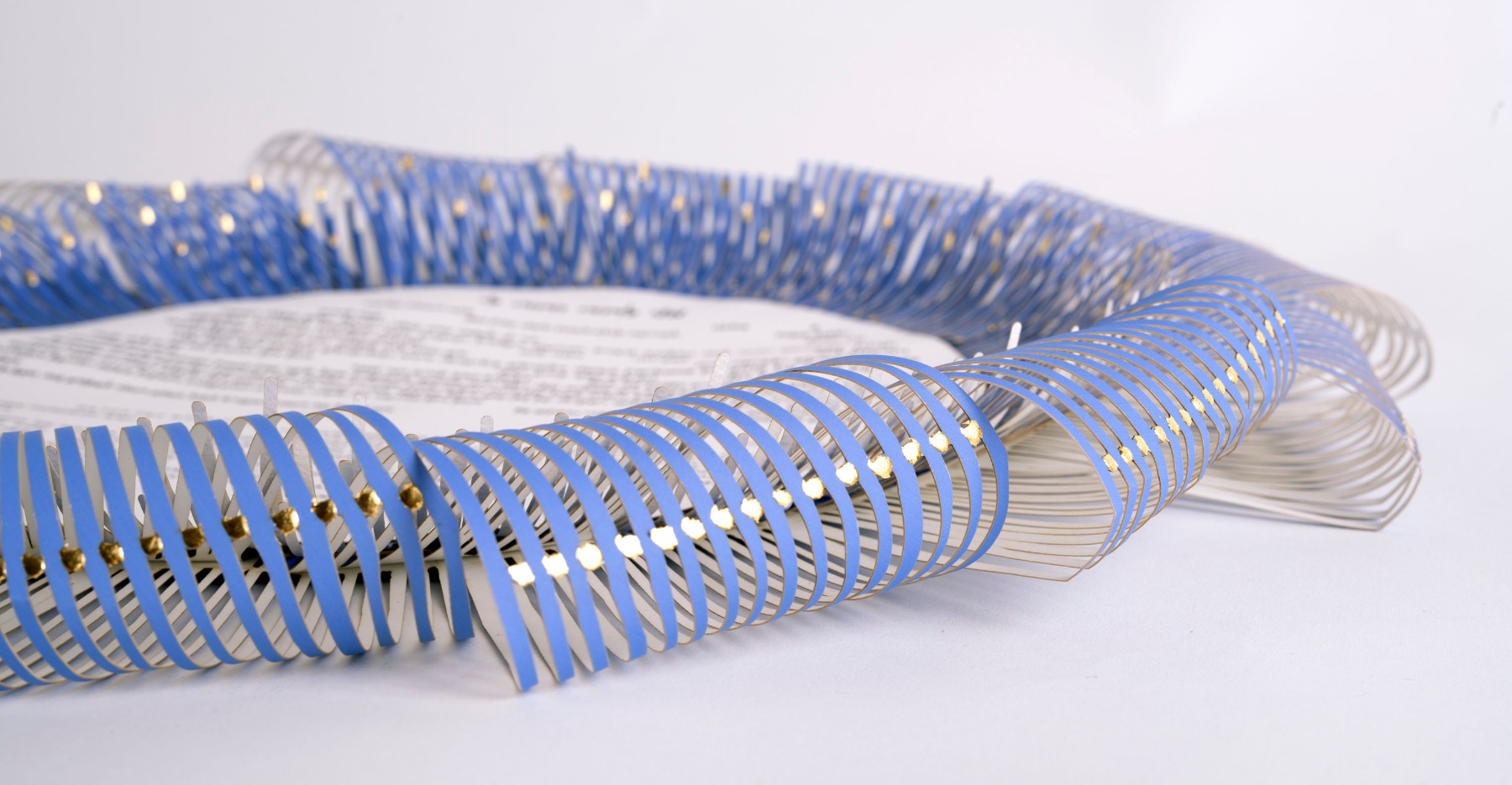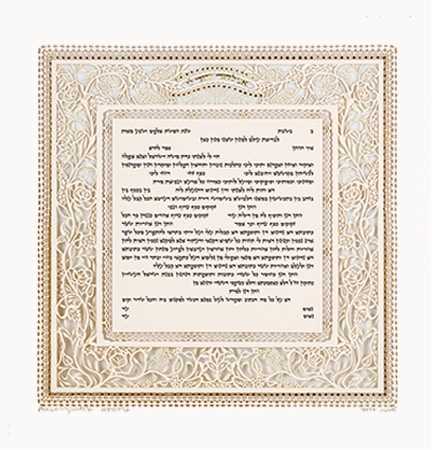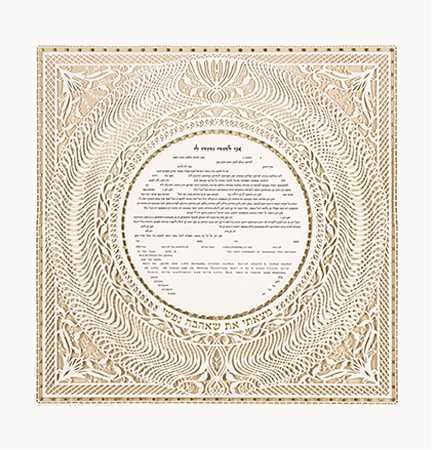What is a ketubah? A few things worth knowing

What Is a Ketubah, Anyway?
The ketubah is the legal and spiritual contract for a Jewish marriage. It clearly outlines the responsibilities and commitments a couple is making as they get married. The word itself comes from Aramaic and means simply “what is written.” It used to be a necessary, binding legal document, but over the years it has evolved into a beautiful work of art and a spiritual celebration of love, unity, and a shared future.
Today, ketubot (the plural form) are as much about their deep meaning and artistry as they are about tradition. They serve as a lasting, physical sign of the couple’s promise to each other, and they are typically signed just before the wedding ceremony starts.
The Ketubah’s Historical Roots
The ketubah has been around for a very long time, at least since the 4th century BCE. The oldest known examples were found in Egypt and were written in Aramaic. Historically, its main purpose was a legal contract that clearly detailed the groom’s duties to his bride, which included financial and emotional support.
This contract famously specified a certain sum of money, called the mohar, that would be given to the bride if the marriage ended in divorce or if the groom passed away. Ancient sages considered this document so fundamental that a Jewish marriage wasn’t considered valid without it.
It’s truly remarkable that ancient ketubot maintained a surprisingly consistent structure and language, even though they were written in different cultures and locations. This consistency provides us with incredible insight into Jewish communities across the globe and throughout history.
The Ketubah as Art: From Old Sephardic Traditions to New Works
The custom of creating artistic ketubot really took off among Sephardic Jewish communities. The first painted and illuminated examples began appearing in the Middle Ages. These pieces often incorporated classic Torah themes, local art styles, and meaningful Jewish symbols like:
- The Tree of Life: Represents growth and strength.
- Doves: Symbols of peace and love.
- Pomegranates: A sign of fertility and abundance.
- Jerusalem motifs: A nod to heritage and continuity.
Modern ketubot continues this tradition with a wide variety of contemporary art styles, including watercolor, papercuts, and minimalist designs. This transformation turns what started out as a legal document into a beautiful and cherished piece of home décor.
The Ketubah Today: Love, Equality, and What It Means to You
Today, at modern Jewish weddings, especially for Reform, Conservative, Reconstructionist, and interfaith couples, the ketubah has become a heartfelt statement of shared values.
While the Orthodox community still uses the traditional Aramaic text, many couples now choose to write their own vows or select egalitarian texts in English, Hebrew, or both. LGBTQ+ couples and interfaith families also personalize texts to powerfully reflect their commitment to love, equality, and acceptance.
For many people, the ketubah is much more than just a legal document. It’s a deeply romantic declaration, a map for their life together, and the first piece of meaningful art they will hang in their home.
How to Pick the Right Ketubah Text
Since the ketubah is such a crucial part of the religious ceremony, you absolutely need to consult with your officiant or rabbi about the text. You’ll find a range of choices:
- Traditional (Aramaic): Used primarily in Orthodox weddings.
- Conservative (with Lieberman clause): Lays out the conditions that must be met for a civil divorce.
- Reform or Egalitarian: Uses clear, modern language to express mutual commitments.
- Interfaith or Secular: Stresses universal values, love, and partnership.
- LGBTQ+ inclusive: Texts that are gender-neutral and affirming of all couples.
The ketubah will always include the date, the couple’s names, and the location of the wedding. However, you should remember that each officiant may have their own specific rules about how the wording must be done.
What Language Is the Ketubah Written In?
The majority of traditional ketubot are written in Aramaic, the language of the Talmud. However, it’s very common today to see documents that include:
- Aramaic alongside a translation into English or Hebrew.
- Dual-language texts, such as Hebrew and English.
- Texts written entirely in English or another modern language (like French or Spanish).
The Ketubah Signing Ceremony: When and Who Signs?
Traditionally, the ketubah is signed in a quiet, private space before the wedding ceremony. In Orthodox tradition, only two male witnesses who observe the Sabbath and are not related to the groom can sign the document.
However, modern couples often include themselves, their officiant, and witnesses of their own choosing in the signing process. Reading the ketubah aloud under the chuppah (wedding canopy) adds significant emotional and symbolic weight to the ceremony.
Who Keeps the Ketubah After the Wedding?
After the wedding, the ketubah becomes a valuable family heirloom. Most couples choose to frame it and display it prominently in their home. While in Orthodox tradition the document technically belongs to the bride, practically, it is a treasured part of the couple’s shared life and space.
The Difference Between a Ketubah and a Civil Marriage License
It’s important to know that a ketubah is not a substitute for a legal civil marriage license. It is a spiritual and cultural agreement that perfectly complements what the government requires. Think of it as a sacred declaration of your values, not a replacement for the state’s paperwork.
Frequently Asked Questions (FAQ)
Is a ketubah required for a Jewish wedding? Yes, it is a halachic (Jewish legal) requirement for Orthodox and many Conservative weddings. It is traditional but not mandatory for Reform and interfaith ceremonies.
Is it okay for interfaith couples to use a ketubah? Of course. Many ketubot are designed with beautifully welcoming language for couples from different faiths.
Is a ketubah a legally binding document? Yes, according to Jewish law, especially in Orthodox settings. However, it is not recognized as a legal document by civil courts in most countries.
What are some common symbols used in ketubah art? Common motifs include the Tree of Life, doves, pomegranates, the Jerusalem skyline, floral patterns, and interlocking rings.
Where can I find the right ketubah for me? Look through Danny Azoulay’s collection of ketubahs to find handcrafted designs that fit your style, values, and vision perfectly.
Ready to pick your ketubah? Check out our artistic collection now, or get in touch with us for a free consultation with the artist.

